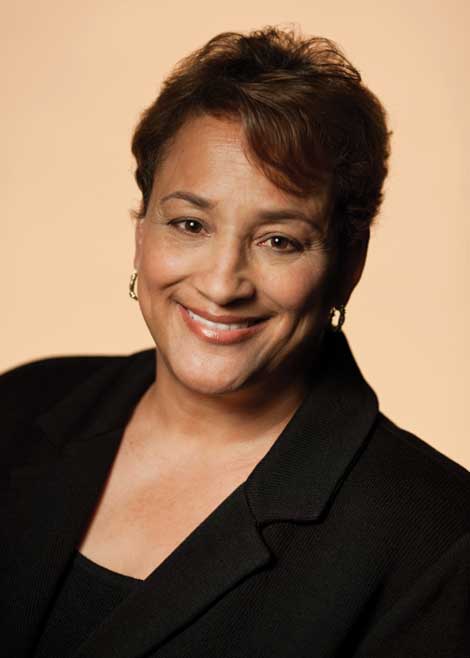As I begin my tenure as CEO of AARP, I challenge all of us to reimagine what it means to get older. Let’s disrupt aging. Let’s upend our thinking around what it means to get older.
It’s really not about aging. It’s about living.
To disrupt aging, we need to own our age. We need to get to the point where we’re no longer defined by the old expectations of what we should or should not do at a certain age.
We don’t want to be defined by our age, any more than we want to be defined by race or sex or income—and frankly, I’m a little tired of other people defining me that way. I want people to define me by who I am, not how old I am.
Disruptive aging begins with each of us individually embracing our own aging—feeling good about where we are in life.
We’ve all seen those ads on TV and in magazines—“50 is the new 30,†or “60 is the new 40.†That may sound like a nice sentiment, but as someone who was born in 1958, the same year Dr. Ethel Percy Andrus founded AARP, I don’t agree.
For one, we face different challenges and goals than people in their 30s and 40s. We’re motivated by different things. We see the world through a lens shaped by the ups and downs of life and the wisdom gained from those experiences.
I don’t want to be 30 again. I may want to look and feel 30, but I’m very comfortable with my age. I am a more purposeful person because of the experiences and wisdom those years have brought me. I’ll bet that most of you would say the same thing. In fact, we’re looking forward to the years ahead, not looking back on days gone by.
No, 50 is not the new 30. I like to think that 50 is the new 50, and I like what it looks like. We’re redefining what it means to be our age.
We are committed to family and energized by work. We are family caregivers, volunteers and philanthropists. We are leaders in our communities, supporters of our churches and synagogues, helping hands to our neighbors and friends. We are a generation of makers and doers who have a desire to continue exploring our possibilities, to celebrate discovery over decline.
At AARP, we are an organization of “Real Possibilities†because we believe that no one’s possibilities should be limited by their age and that experience has value. The desire to live life on our own terms, to make a difference, to change the world, is as real today as it ever was.
But, as former president of AARP Foundation, I also know that real people face real challenges every day. Many struggle to meet their most basic needs—health, financial, caring for themselves and their families. They need our help and support.
Our goal at AARP is to help people 50-plus and their families confront those challenges and embrace their opportunities.
As AARP’s CEO, I will be unapologetic in fighting for the wants and needs of people 50-plus, and I need you to be fearless with me—whether in Washington, D.C., or in states and communities across the country.
Please join with the AARP community to ensure Social Security and Medicare are robust for us and our children and grandchildren; to ensure that people have access to care, information and services to lead healthier lives; that they have the financial resources and opportunities to match their longer lifespans; and that people 50-plus are seen as an integral and inspirational asset to society.
At AARP, we truly believe that age and experience can expand life’s possibilities for every member of our society. When we disrupt aging and embrace it as something to look forward to, we can begin to discover the real possibilities for becoming the person we’ve always wanted to be.
